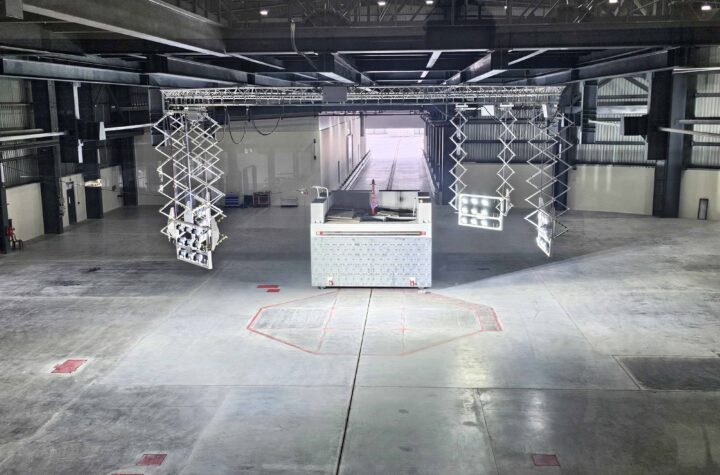
 The leaders of the UAW and General Motors, Ford and Chrysler gathered around each other at the press conferences announcing that they had reached contracts. They congratulated each other for the professional manner in which this year’s bargaining was held. There was none of the bombast that usually accompanied contract talks.
The leaders of the UAW and General Motors, Ford and Chrysler gathered around each other at the press conferences announcing that they had reached contracts. They congratulated each other for the professional manner in which this year’s bargaining was held. There was none of the bombast that usually accompanied contract talks.
The auto companies didn’t trumpet their need for concessions and the union didn’t stage rallies to air grievances. While it was a gentlemanly affair, it also did nothing to help the struggling Big Two-and-Half.
Yes, there were a few breaks with previous contracts. Instead of 3 percent hourly wage increases there will be lump sum payments for two of the four years of the agreement. While this is less expensive than the past practice of simply raising wages 3 percent each year, one has to ask whether any wage increase, given the entitlement of full cost of living protection, is warranted when few Americans are seeing wage increases and productivity in two of the three companies has not offset previous increases.
On the big issues of legacy expenses the auto companies got next to nothing. Current retirees get lump sum payments and a $1000 credit toward a new car. What other group of retirees expects each new contract settlement to bring them greater benefits than they retired with?
The lump sum results is less escalation in pension expense than building it into the monthly payment but it is nonetheless cash that the industry doesn’t have. The industry gave into demands for higher payments to retirees at a time when it controlled more than 70 percent of the market. With the combined share of GM, Ford and Chrysler now under 60 percent and falling, it is hard to imagine how any retiree pension increase can be justified and paid for without further crippling the auto companies.
The UAW said at the start of talks that retiree health care was not on the table and they succeeded in keeping it out of the bargaining. This major component of legacy costs will continue to escalate at a time when car prices, in real terms, are declining.
Though future retirees face modest increases in brand name drug co-pay, current retirees, who are the source of the problem, pay no more. GM, Ford and Chrysler will continue to be the largest buyers of Viagra, Nexium and many other brand name medications in the country. The auto companies might get more benefit from Prilosec going over the counter than they did from the negotiations.
The UAW recognized that some plants have to be closed or sold. Most of the workers in the effected plants will receive lump sum payments and many will immediately qualify for early retirement benefits. These plants should have been closed years ago and I can think of few other instances in corporate America where the union exercises such control over business strategy.
Much of the auto industries current problems have to do with mismanagement. Roger Smith, Bob Stempel, Alex Trotman, Jacques Nasser and even Lee Iacocca are a rogues gallery of incompetence and failed leadership for which all of the employees in the auto companies are paying the price. But for the auto companies to get back on their feet they have to make painful choices, among them bringing capacity in line with demand and addressing the legacy cost burden.
The U.S. auto companies were not scarred by a strike this year but then the UAW knew it couldn’t get anything more out of the companies. The auto companies got a few concessions but not enough to make a real difference in their ability to compete.
A man standing in 7 and half feet of water is going to drown as fast a man standing in 8 feet of water. The UAW seems to know there is a problem but was unwilling to bring the water level down below 6 feet.
Maryann Keller is a veteran auto industry analyst and author of the books “Rude Awakening: The Rise, Fall and Struggle to Recover at General Motors” and “Collision: GM, Toyota and Volkswagen and the Race to Own the 21st Century.”









More Stories
Essential Features to Look for in ADAS Calibration Systems
Your Guide to Filing a Car Accident Claim
Steps to Take Immediately After a Car Accident